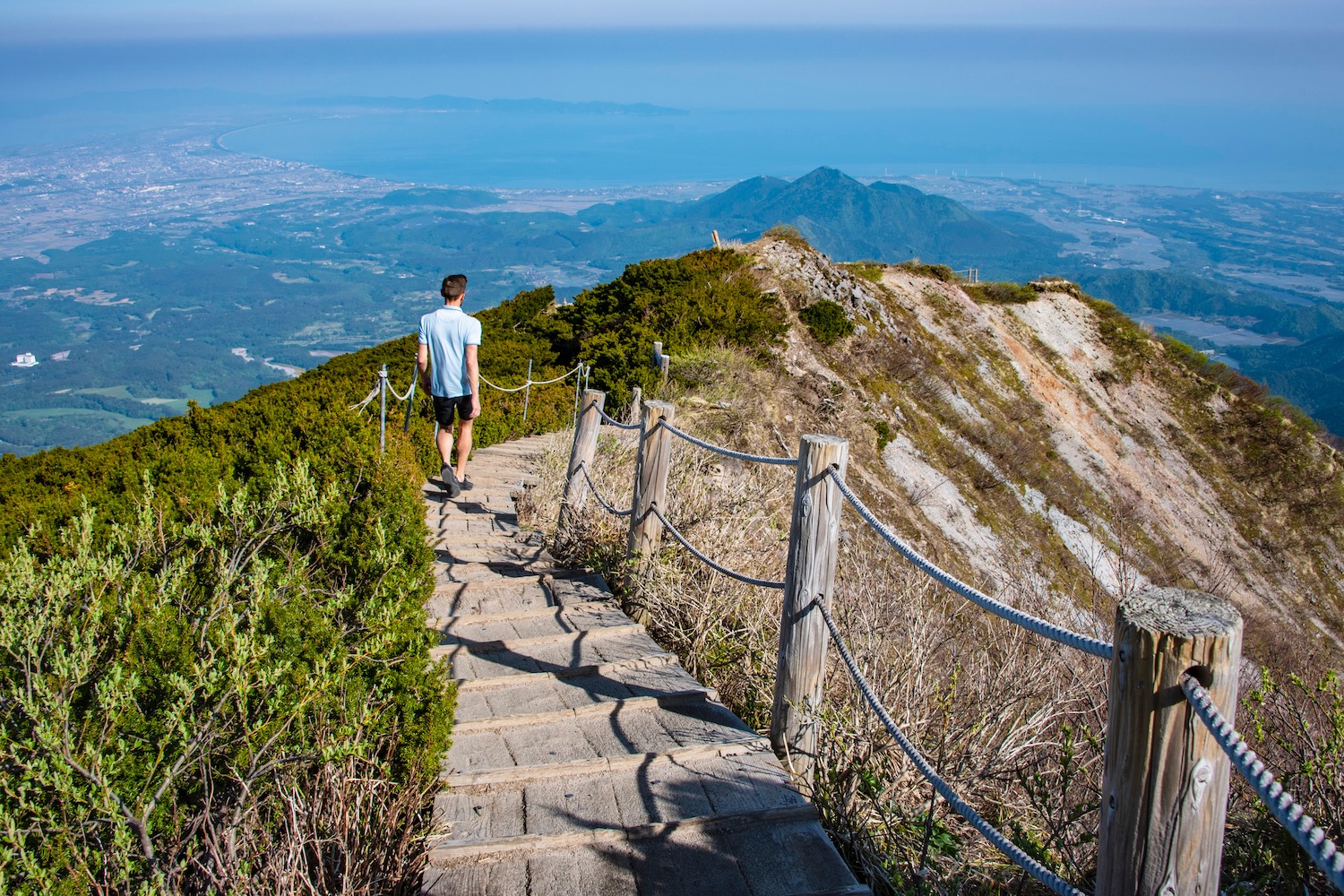A few years ago, when I visited Mt. Daisen in Japan’s San’in region for the first time, my Airbnb host tried to impart sense of the peak’s importance as we looked onto it from some distance away.
“Local people sometimes call it Hoki-huji,” she explained, “hoki” a variation of hoku (the Japanese word for “north”) and “Huji” being an alliterative adaptation of Fuji, which I hope needs no explanation. She asked me if I thought Daisen looked like Fujisan; I think I said yes, but the reality was that they looked nothing alike, cultural significance notwithstanding.
Indeed, things to do near Mount Daisen are pretty different from what you might find yourself doing near Japan’s more famous Fuji, with one unsurprising exception.
Where to Stay at Mount Daisen
There are some accommodations in the village just beyond the hiking trail heads for Mount Daisen, although not everyone stays there. From hotels like Itadaki Daisen and Hotel Daisen Shirogane, to a few dozen local properties on Airbnb, the town is a shadow of what it was in past decades (when it was apparently a local ski hub), but there are certainly new signs of life here.
If, on the other hand, you aren’t set on sleeping in Daisen-cho, you can instead stay in Yonago, the nearest large city to Daisen. As you might imagine, accommodations in Yonago run the entire gamut, with business hotel brands such as Super Hotel and Hotel Route Inn represented especially well. You can take one of the frequent buses from Yonago Station up to Daisen, whether you plan to climb the mountain or occupy your time another way.
What to Do at (and Near) Mt Daisen
Climb Mt. Daisen
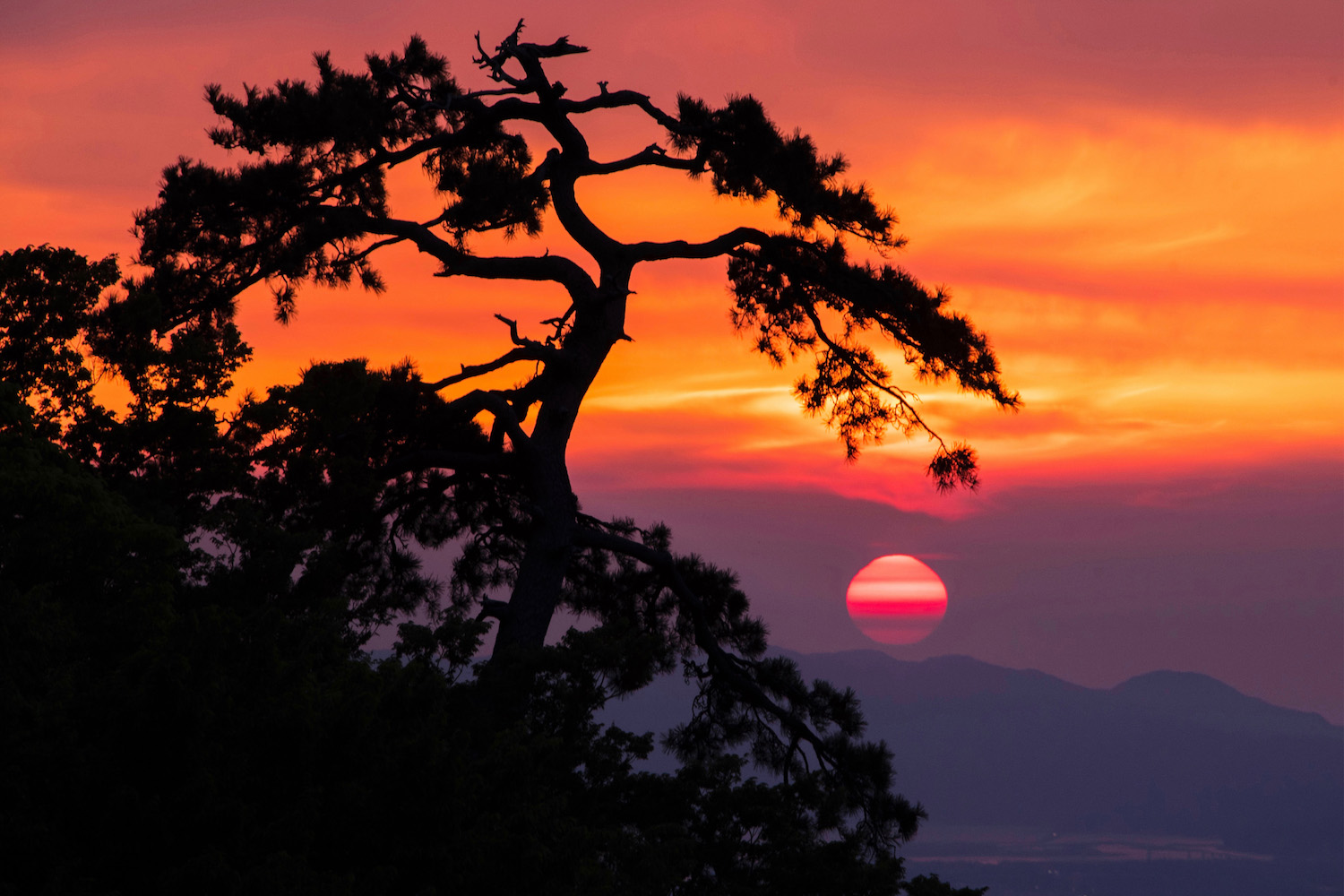
As is the case with Mt. Fuji, “climbing” Daisen is really more of a hike in my opinion. A much easier one: It only takes a couple of hours to make your way up the entire trail, which is neat and well-maintained, and is something of a staircase for most of the way. Although haze may obscure the view of Yonago you get from the top, it’s still an impressive perspective.
Explore Daisen Town
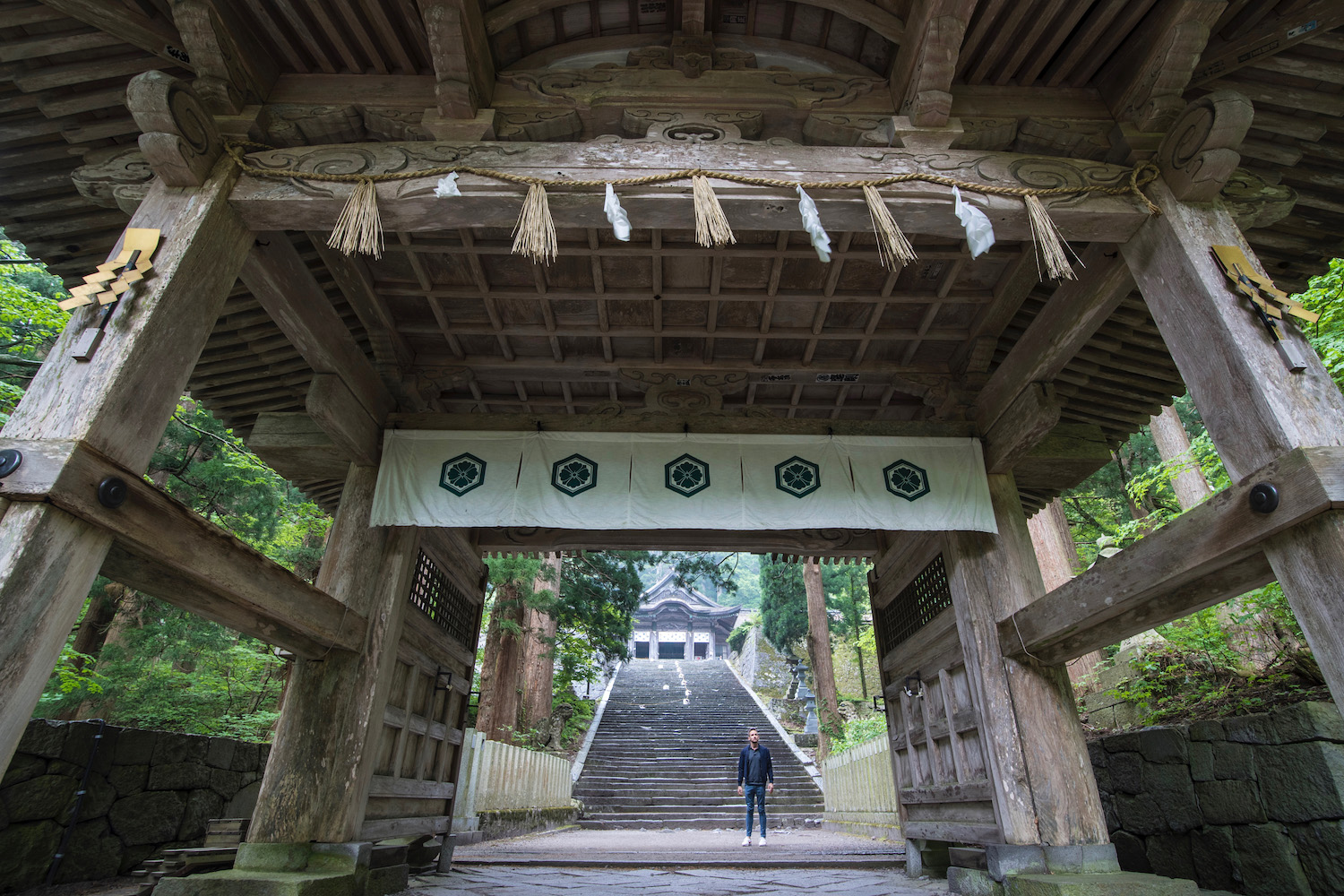
Whether or not you decide to stay near Mt Daisen, I do recommend spending some time in Daisen-cho, the town near the various trailheads. In addition to Daisen-ji, an enchanting forest temple, you can sit down at one of many restaurants to fuel up before or after your hike. You can also get a sense of Daisen’s former glory: There are many abandoned shops that were once bustling with tourists.
Hike near the base
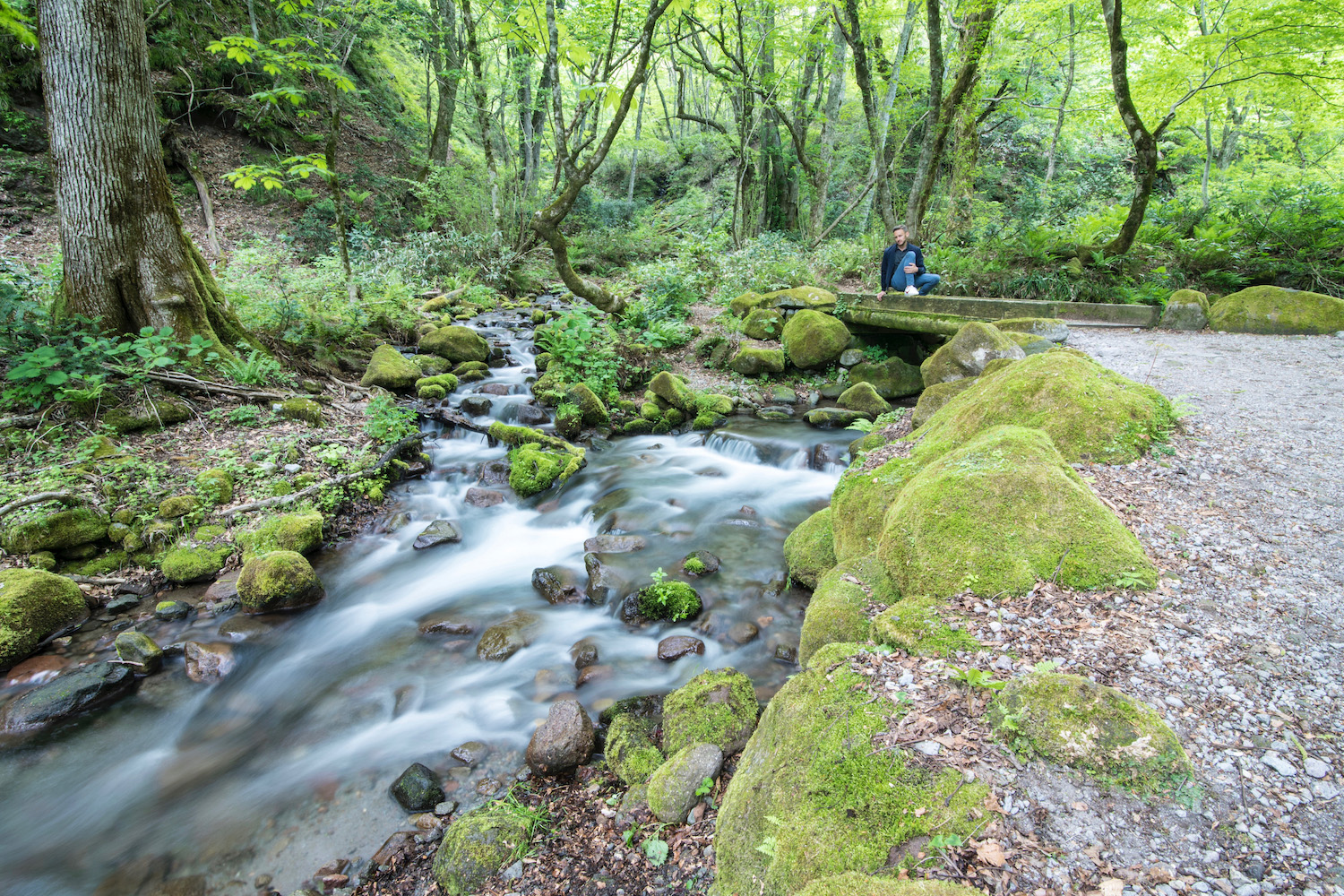
Whether or not you climb Daisen, there are plenty of easier hikes to enjoy closer to ground level. While most of these are too low (and too close to the mountain) to offer much of a view of it, you can enjoy gorgeous greenery (and during the autumn, red and orange hues) and lush waterfalls as you work up a sweat. Note that you will need a car to access most of these.
Don’t forget Tottori
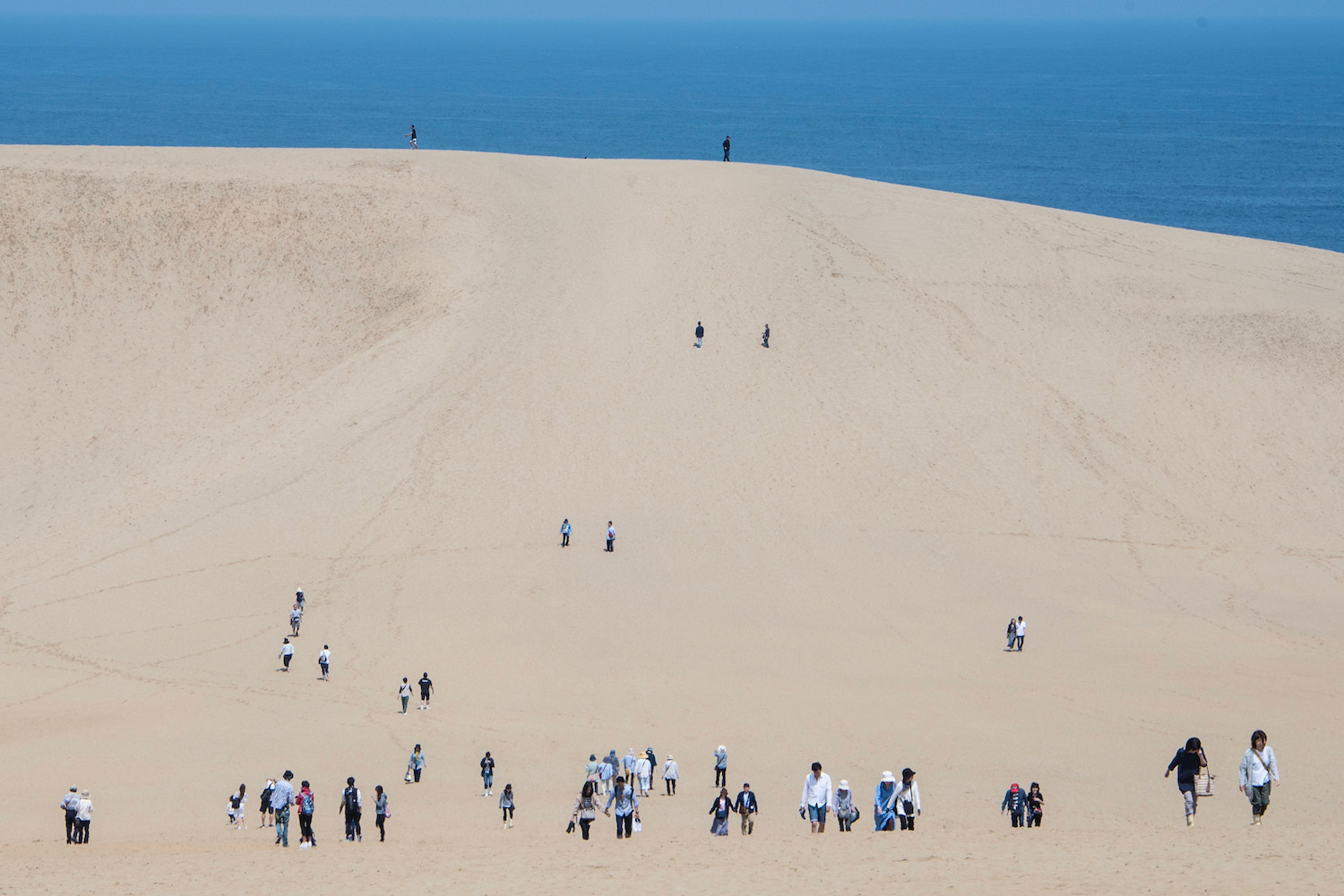
Mount Daisen is in Tottori prefecture, which is one of Japan’s most underrated places for foreign visitors. While Tottori City isn’t much to write home about, it’s here where you will find the famous “Japanese desert,” as well as the underrated historical town of Kurayoshi and a hike that is sometimes reputed to be Japan’s most dangerous. Stay a day or two!
(Or Yonago)
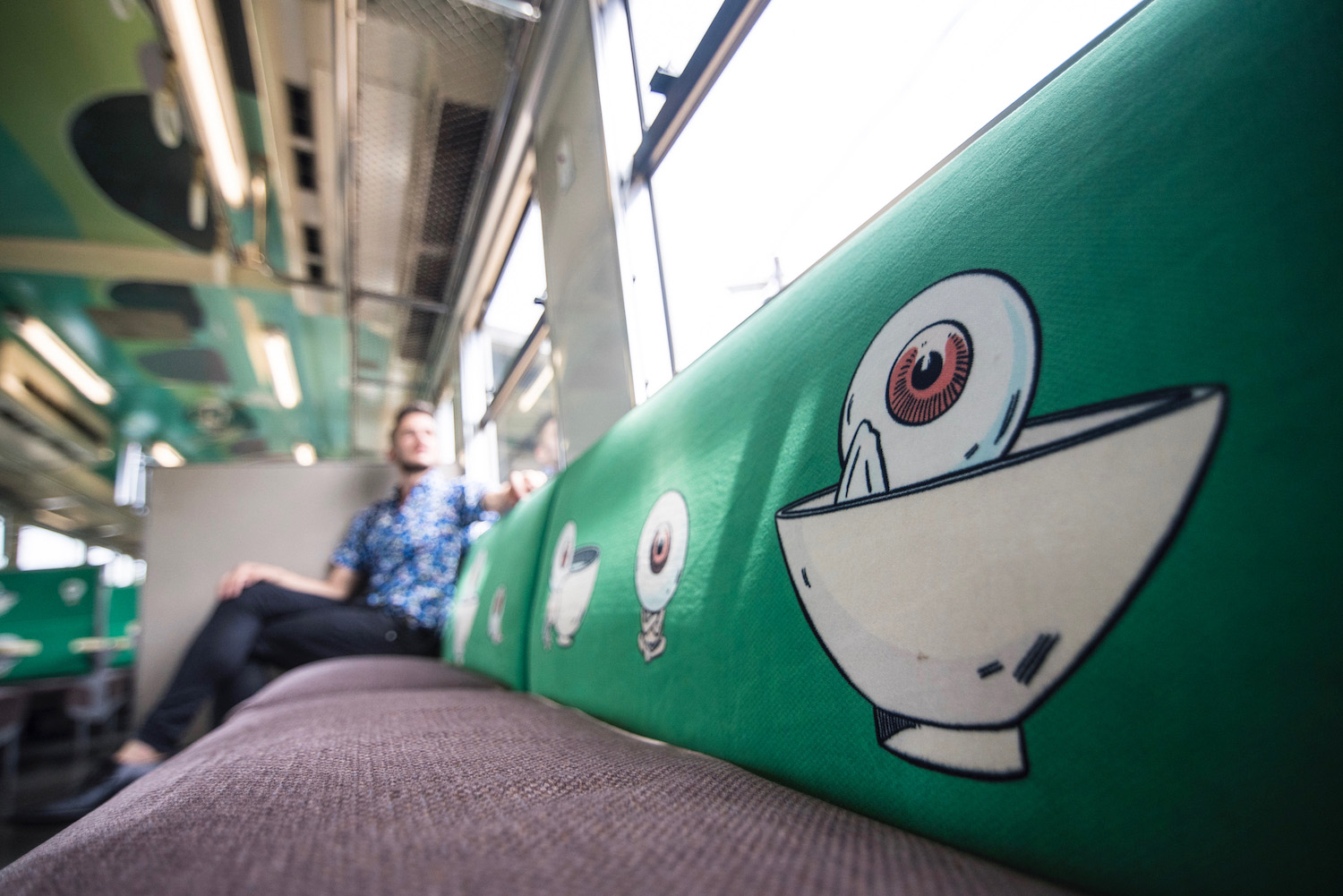
Yonago is even less known among foreign visitors to Japan than Tottori, without an attraction as famous as Tottori Sand Dunes to anchor it. However, there’s still plenty to do here, whether you take in views of the Sea of Japan from the ruins of medieval Yonago Castle, or make a day trip to Sakaiminato, a port as famous for seafood as it is for anime.
Is Mount Daisen Worth Visiting?
As I mentioned in the intro to this piece, Daisen doesn’t actually look much like Mt. Fuji. Which is not to say it’s not impressive or iconic—it obviously is to the people who live nearby—but simply to reinforce the fact that it’s probably not on your Japan bucket list. If you climb it, I doubt declaring so will have the same weight as if you said you climb Fuji. (In fact I know it, because I’ve climbed both and declared as such after each time!)
Of course, a trip to Mount Daisen isn’t just about climbing it—and it certainly isn’t about bragging rights. The surrounding San’in region, as a whole, is about transcending Japan’s tourist trail and discovering the “real Japan,” whatever you interpret that to mean. I’d say that if you plan to come to this part of Japan, there’s very little reason not to come to Daisen, which is on the way between Tottori and Matsue.
Other FAQ About Visiting Mount Daisen
How do I get to Mount Daisen?
Daisen-cho, the village closest to Mt. Daisen’s hiking trails, is accessible via frequent buses from Yonago Station. To get here, you can either ride a limited express train from Okayama, or fly from Tokyo and take a Limousine Bus from Yonago Airport.
Is Mount Daisen active?
Unlike its more famous cousin, Mount Daisen is a dormant volcano. Of course, this doesn’t lessen the thrill of hiking here, even if residents in nearby cities and towns can sleep much easier than those who make their homes near Mt. Fuji.
How high is Mt. Daisen?
Mt. Daisen is 5,673′ tall, or around 1,800 m in elevation. By contrast, Mt. Fuji reaches a height of 12,388′, or just over 4,000m. While both of these mountains are the tallest landforms in their respective regions by far, Mt. Fuji is more than twice as tall as Mt. Daisen.
The Bottom Line
Mt. Daisen has very little in common with Mt. Fuji, apart from the fact that one of the top things to do near Mount Daisen is climb it. To be sure, I have never once since chatting with a particular Airbnb host heard the phrase Hoki-huji used to describe the mountain, even if I don’t doubt that such a phrase exists within the vernacular of the San’in region. Whether or not you scale Daisen—spoiler alert: It’s way easier than climbing Fuji—I do hope you’ll make the journey here if you happen to find yourself in the northwestern reaches of Japan’s Honshu island. I also hope you’ll hire me to plan your trip, if doing so on your own seems too daunting.



